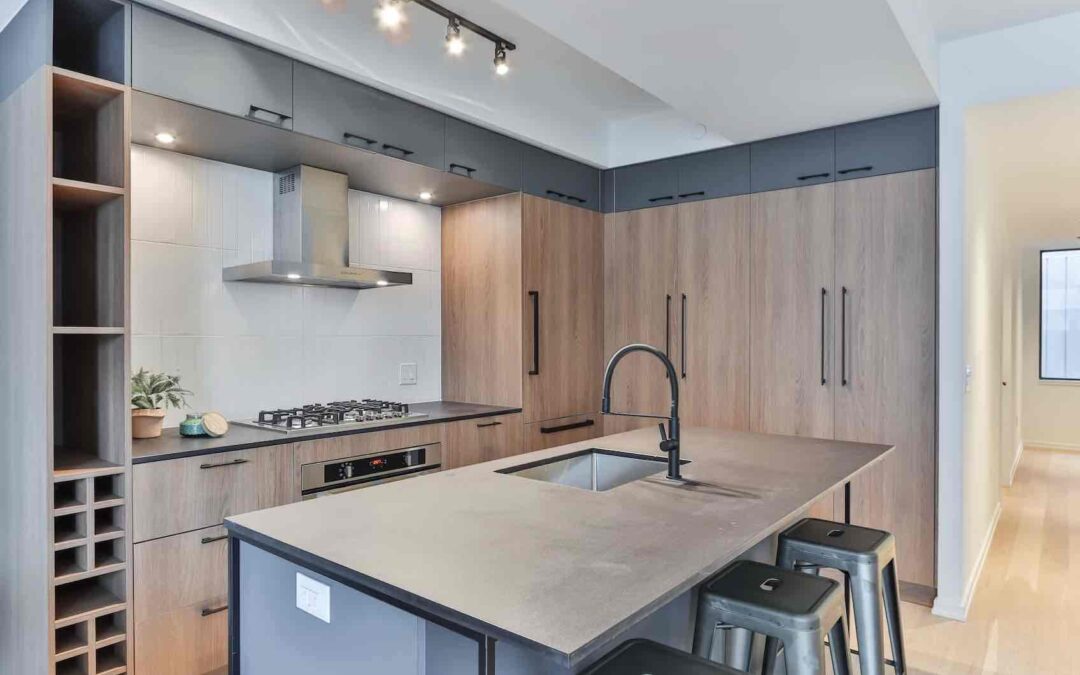The Ridgid RP350 is a powerful and reliable tool designed for pressing copper pipes, providing a quick and efficient solution for plumbing installations and repairs. In this blog post, we will guide you through the process of pressing 1 1/4″ copper pipe using the Ridgid RP350.
We’ll explore the key steps, important considerations, and share valuable tips to ensure successful and secure connections. With the right techniques and proper use of the Ridgid RP350, you can streamline your plumbing projects and achieve professional-grade results.
Gather the Necessary Tools and Materials
Before starting the pipe pressing process, ensure you have all the necessary tools and materials on hand. Besides the Ridgid RP350, you’ll need 1 1/4″ copper pipes, compatible press jaws for the RP350, a calibrated press tool, pipe cutters, and a deburring tool. Verify that your tools are in good working condition to ensure smooth operations.
Measure and Cut the Copper Pipe
Measure and mark the desired length of the 1 1/4″ copper pipe. Use a pipe cutter to make a clean and precise cut. Remember to remove any burrs or sharp edges with a deburring tool to ensure a proper fit and prevent damage to the press jaws.
Inspect and Prepare the RP350 Press Jaws
Inspect the press jaws for any signs of damage or wear. Ensure that the jaws are clean and free from debris that may affect the pressing process. Lubricate the jaws with a suitable pressing lubricant to reduce friction and enhance the pressing performance.
Position the Press Jaws
Place the prepared press jaws onto the Ridgid RP350 press tool, ensuring that they are securely attached and aligned with the copper pipe. The jaws should fit snugly around the pipe to ensure a proper press connection.
Press the Copper Pipe
Hold the Ridgid RP350 firmly with both hands and position the jaws around the pipe joint. Apply steady pressure to the tool until you hear a distinct click or feel resistance, indicating that the pressing process is complete. Avoid excessive force, as it may damage the pipe or affect the integrity of the connection.
Verify the Connection
After pressing the copper pipe, it’s essential to inspect the connection for any signs of leaks or irregularities. Perform a visual examination to ensure that the pipe is properly pressed and the joint is secure. You may also conduct a pressure test if required to confirm the integrity of the connection.
Repeat the Process
If you have multiple connections to make, repeat the above steps for each joint. Take your time to ensure proper alignment and positioning of the press jaws for consistent and reliable connections throughout your plumbing project.
Clean and Maintain the Ridgid RP350
After completing the pressing process, clean the Ridgid RP350 press jaws and tool to remove any residue or debris. Follow the manufacturer’s instructions for proper cleaning and maintenance to prolong the life of the tool and ensure its optimal performance for future projects.
Conclusion
The Ridgid RP350 is an excellent tool for pressing 1 1/4″ copper pipes, offering efficiency, reliability, and professional-grade results. By following the step-by-step guide outlined in this blog post, you can confidently press copper pipes using the RP350, ensuring secure and leak-free connections.
Remember to gather the necessary tools and materials, measure and cut the pipes accurately, inspect and prepare the press jaws, and apply steady pressure during the pressing process. Regular cleaning and maintenance of the RP350 will further enhance its performance and longevity.

